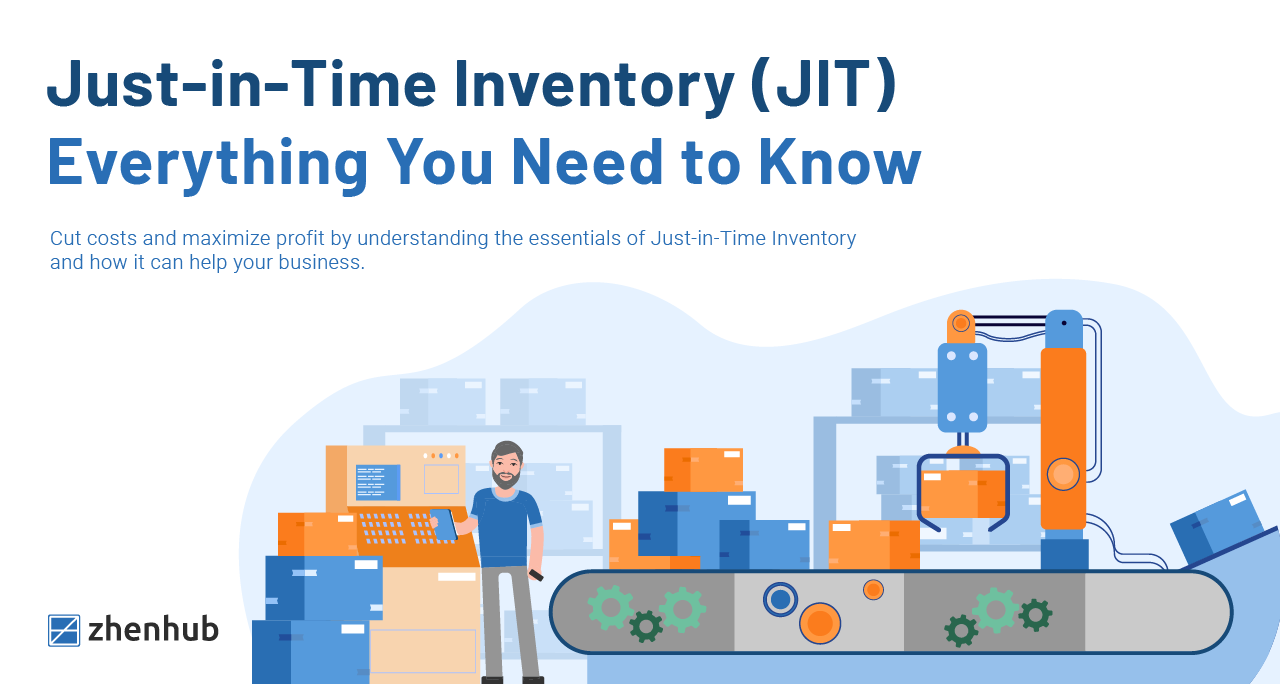
Just-in-Time Inventory (JIT) Explained: A Guide
Introduction
In today’s fast-paced business landscape, staying competitive requires a strategic approach to supply chain management. Just-in-Time Inventory (JIT) has emerged as a crucial methodology for achieving operational excellence. This guide dives deep into the concept of JIT, its benefits, implementation strategies, and real-world applications. Whether you’re a business owner, manager, or simply curious about inventory management, this guide will equip you with the knowledge to make informed decisions and drive efficiency in your operations.
Understanding Just-in-Time Inventory (JIT)
Just-in-Time Inventory, often referred to as JIT, is a supply chain management philosophy aimed at optimizing the flow of materials, goods, and information. The core principle of JIT is to receive and produce goods only as needed, precisely when they are needed, and in the exact quantity required. This approach minimizes excess inventory, reduces carrying costs, and enhances overall operational efficiency.
Benefits of JIT
Implementing JIT offers a myriad of benefits for businesses across industries:
Reduced Costs and Waste
By maintaining minimal inventory levels, JIT minimizes holding costs, storage expenses, and the risk of obsolete inventory. It also helps in reducing waste by eliminating excess production that may go unused.
Improved Cash Flow
With lower inventory levels and efficient production processes, businesses can allocate resources more effectively. This leads to improved cash flow and increased liquidity.
Enhanced Efficiency
JIT encourages streamlined processes, reduced lead times, and faster production cycles. This results in quicker response times to customer demands and a more agile business.
Quality Control
JIT emphasizes detecting and addressing issues at their source, preventing defects from propagating throughout the production process. This leads to improved product quality and customer satisfaction.
Implementing JIT: Strategies and Considerations
Supplier Collaboration
Close collaboration with suppliers is essential for JIT success. Building strong partnerships allows for reliable and timely deliveries, reducing the need for excess inventory.
Demand Forecasting
Accurate demand forecasting is critical. Advanced analytics, historical data, and market trends help in predicting customer demands with precision, enabling efficient production planning.
Lean Manufacturing
JIT aligns well with lean manufacturing principles. This approach focuses on eliminating waste, optimizing resources, and continuously improving processes.

Efficient Inventory Management Software
Investing in robust inventory management software aids in tracking stock levels, demand patterns, and order history, providing valuable insights for JIT implementation.
Real-world Applications of JIT
Automotive Industry
JIT gained prominence in the automotive sector, where manufacturers coordinate with suppliers to receive components exactly when needed. This minimizes inventory costs and allows for rapid adjustments to market demands.
Retail Sector
Retailers leverage JIT to ensure that products are available in-store or online precisely when customers are ready to make a purchase. This reduces the need for excessive storage and helps maintain a fresh inventory.
Food and Beverage
Restaurants and food businesses implement JIT to minimize food waste, ensuring that ingredients are ordered based on customer demand to maintain freshness.
FAQs
Q: How does JIT differ from traditional inventory management? A: Unlike traditional inventory management, where excess inventory is held as a buffer, JIT focuses on minimizing inventory levels and producing goods only as needed.
Q: Is JIT suitable for all types of businesses? A: While JIT offers benefits, its successful implementation depends on factors such as demand predictability, supplier relationships, and production processes. It may not be ideal for businesses with fluctuating demand or lengthy production lead times.
Q: What are the potential risks of JIT? A: JIT leaves little room for disruptions. Any issues in supply chain or production can quickly lead to stockouts and delays. It also requires strong supplier relationships and dependable logistics.
Q: Can JIT be combined with technology? A: Absolutely. Technology, such as IoT and data analytics, can enhance JIT implementation by providing real-time data on inventory levels, production processes, and demand patterns.
Q: How can I calculate the optimal inventory levels for JIT? A: Calculating optimal levels involves considering factors like lead times, demand variability, and desired service levels. Inventory management software and demand forecasting tools can assist in these calculations.
Q: What role does employee training play in JIT? A: Employee training is crucial in JIT environments to ensure everyone understands the importance of timeliness, quality, and efficiency. Well-trained staff contribute to smooth operations and minimal disruptions.
Conclusion
Just-in-Time Inventory (JIT) is a transformative approach to supply chain management that empowers businesses to operate efficiently, reduce costs, and respond swiftly to customer demands. By embracing JIT principles and tailoring them to their specific needs, organizations can achieve enhanced competitiveness and sustainability in today’s dynamic business landscape.

